1. Bright Nights and City Lights
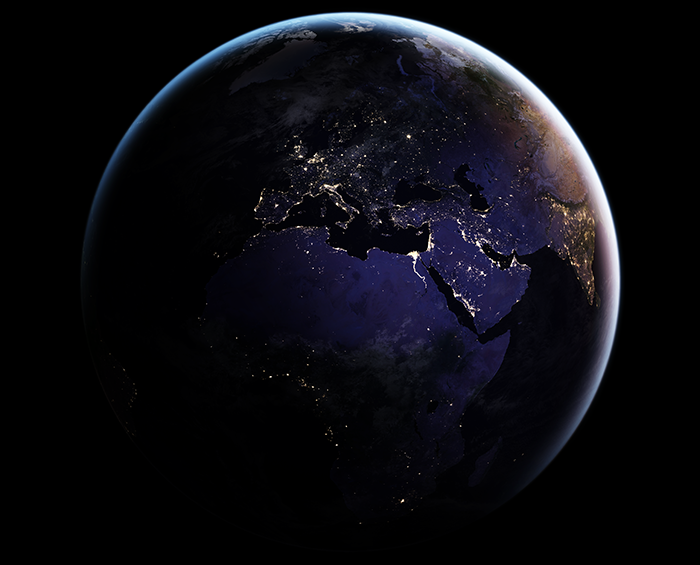
The bright lights of cities are detected in the Earth at night satellite image. The lights seen in the image may also include light from wildfires, lightning, reflected moonlight, and gas flares. True or False?

Test your knowledge from the Earth Day at Home Webquest to see how much you’ve learned!

The bright lights of cities are detected in the Earth at night satellite image. The lights seen in the image may also include light from wildfires, lightning, reflected moonlight, and gas flares. True or False?

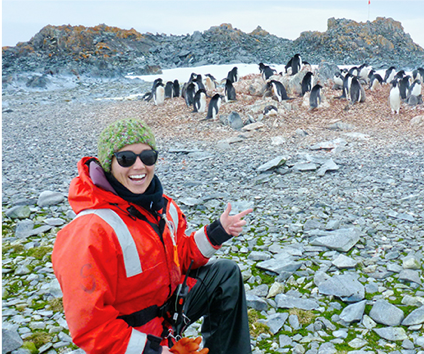
Adelie penguin populations nest in large, densely packed colonies in the same place each year. How can satellite images help scientists find penguin populations in remote areas?

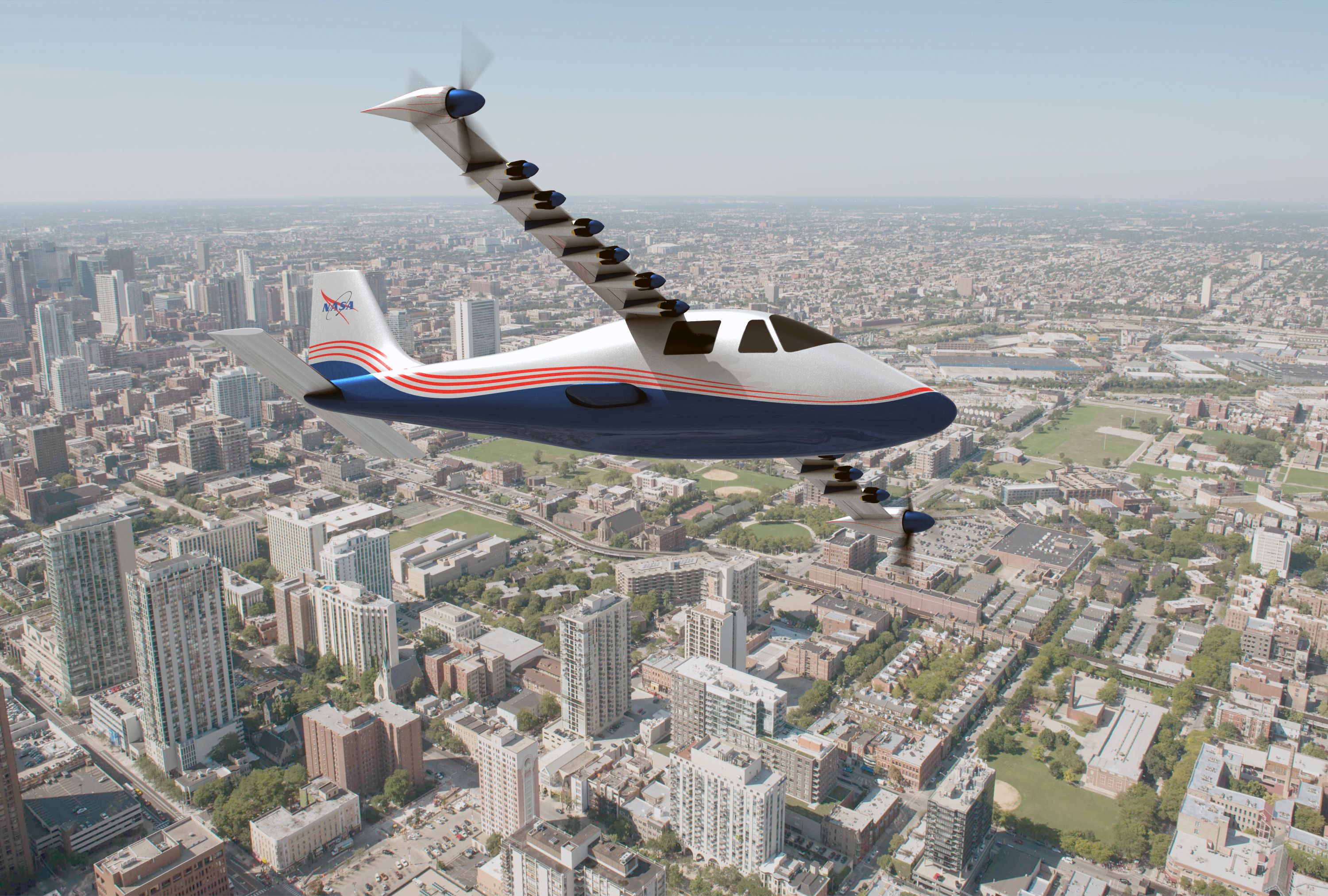
NASA’s goal is to help industry reduce emissions from aircraft by how much by 2050 compared to 2005?

Cleaning polluted areas across the world is easier because of NASA’s role creating a biodegradable environmental cleanup technology call EZVI, which stands for Emulsified Zero-Valent Iron. How does EZVI technology work?

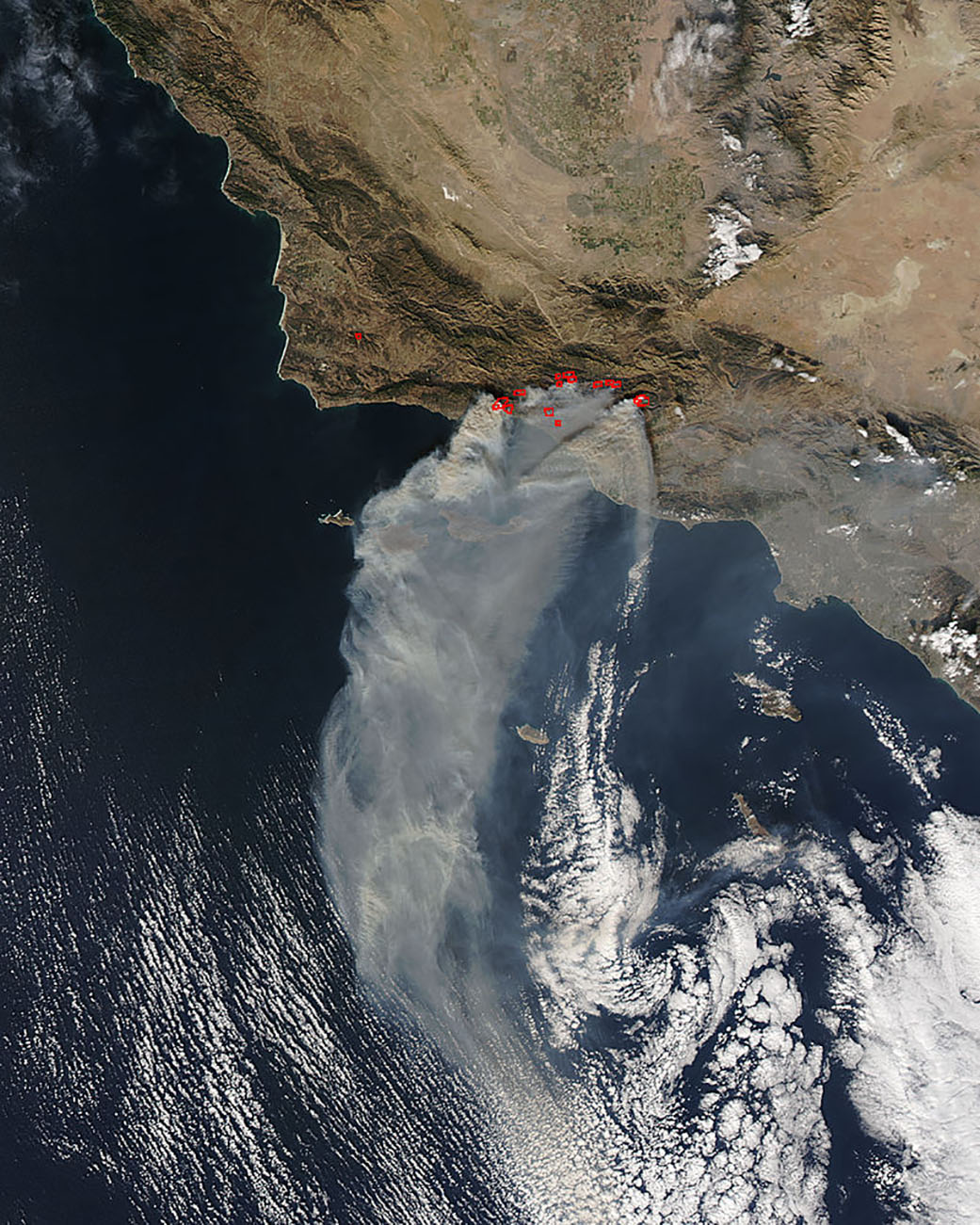
Which of the following is NOT one of the factors scientists observe with a satellite to help detect wildfires?

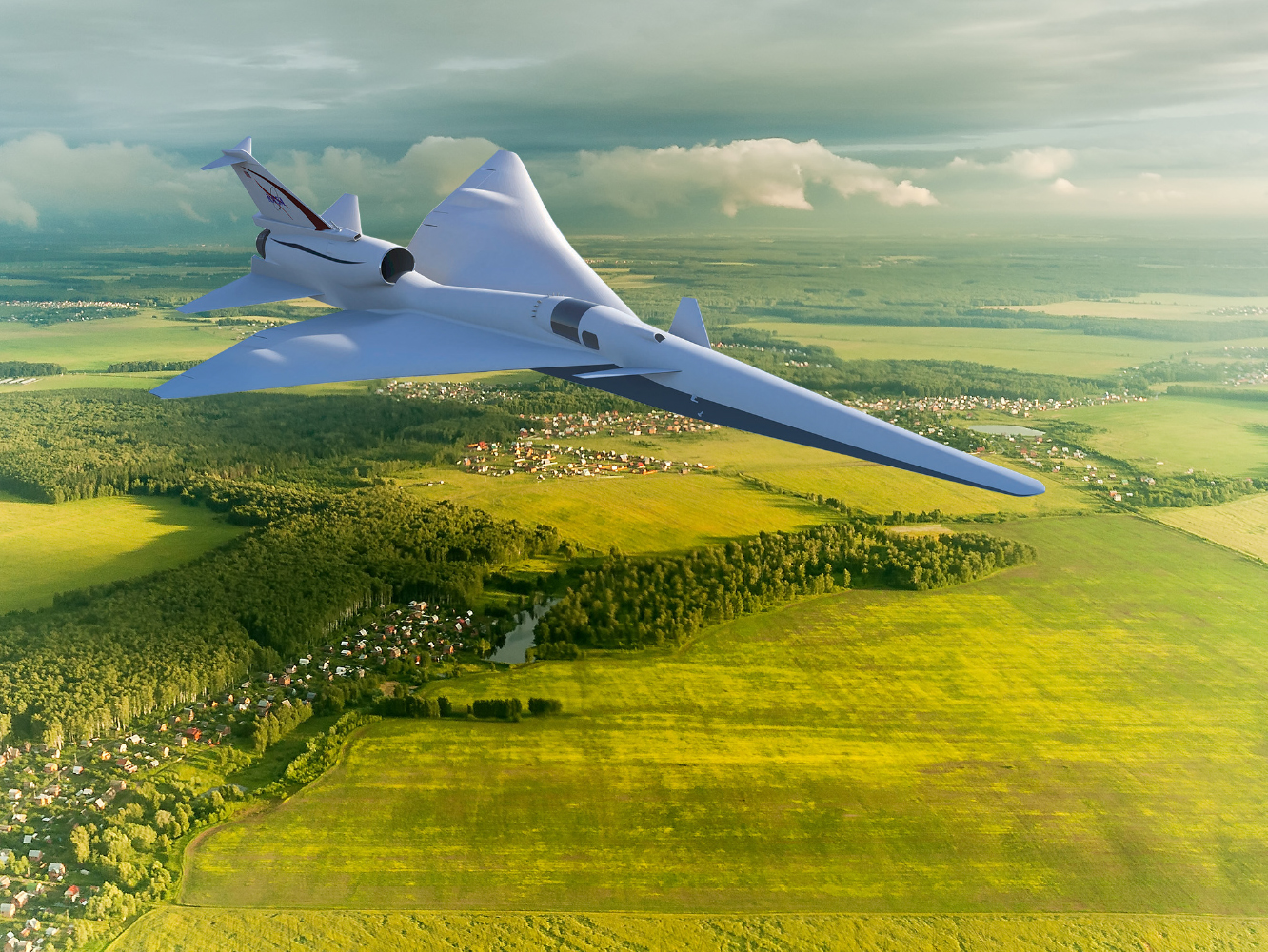
What is the top speed for the X-59 QueSST aircraft?

Which statement is true about Earth's gravity?

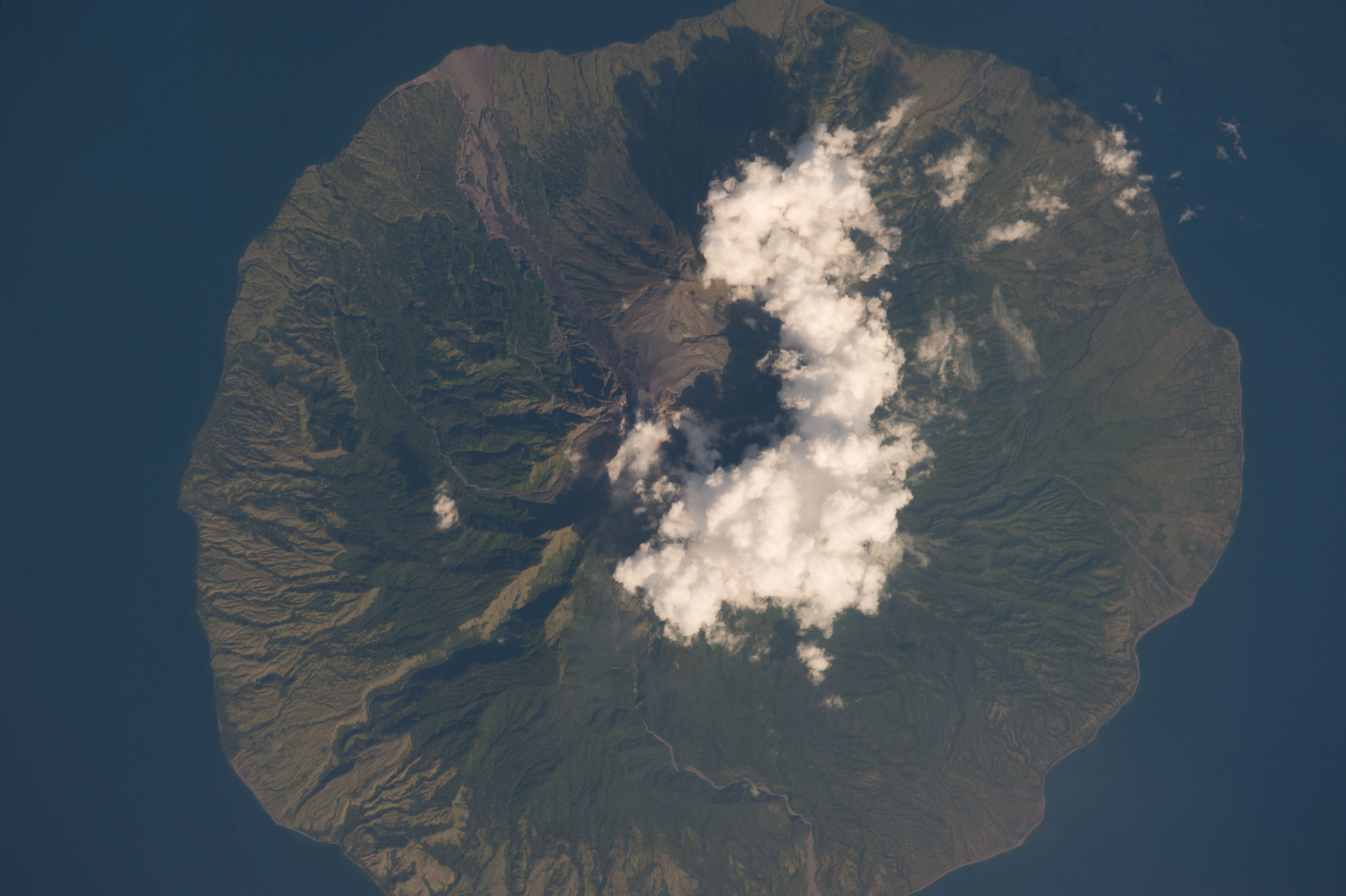
The International Space Station provides a unique perspective from which to observe Earth. Which of the following have astronauts observed from the space station?


What can we monitor from space?

By how much do you think the minimum extent of Arctic sea ice has changed between 1980 and 2019? Hint: Use the Arctic Sea Ice Observer to estimate size.

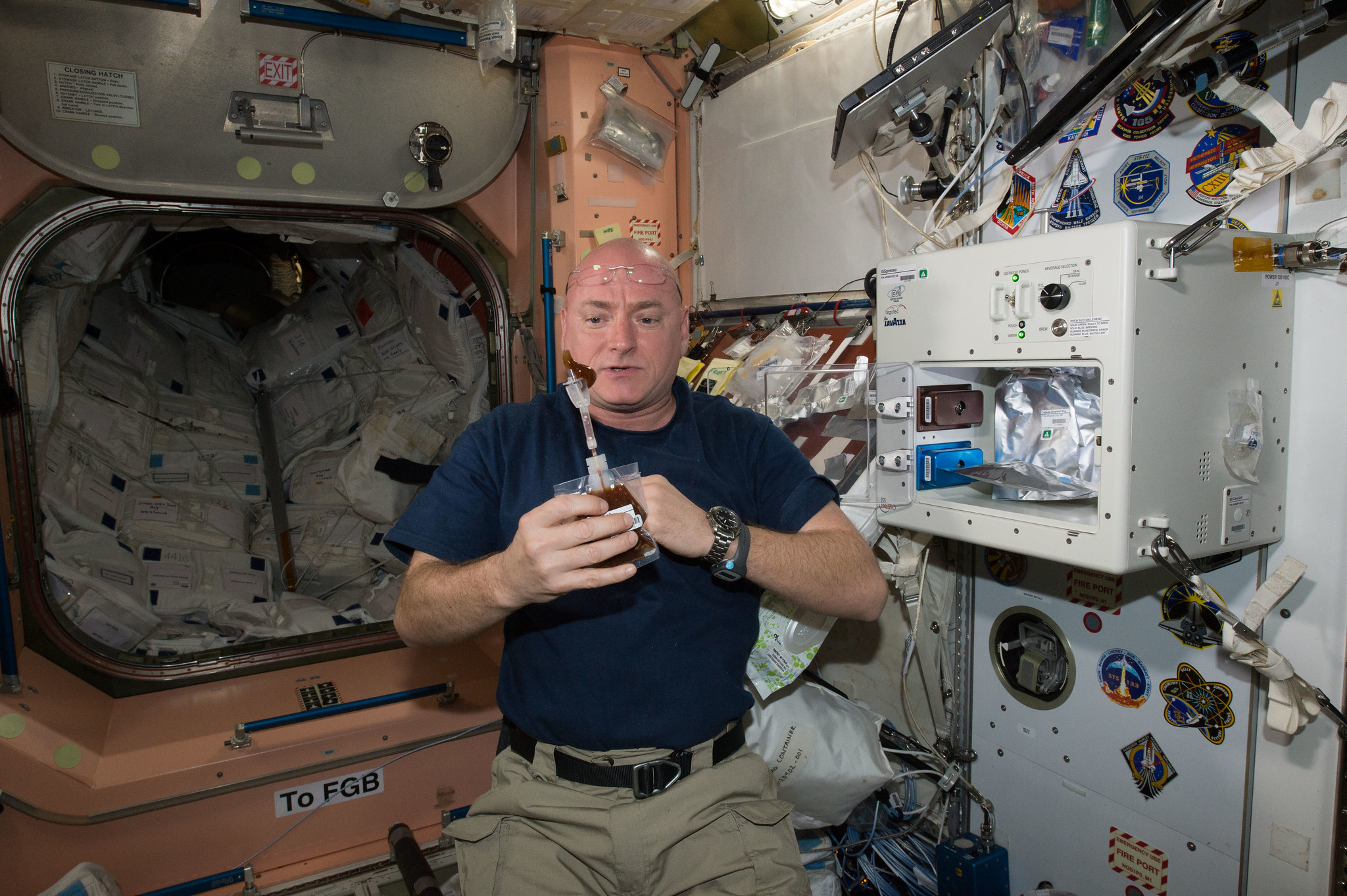
After filtration, water on the International Space Station is tested to meet safety and quality standards. The recycled water is clean and pure, with no bad taste or odor. What pH range must water be in for astronauts to drink it?
